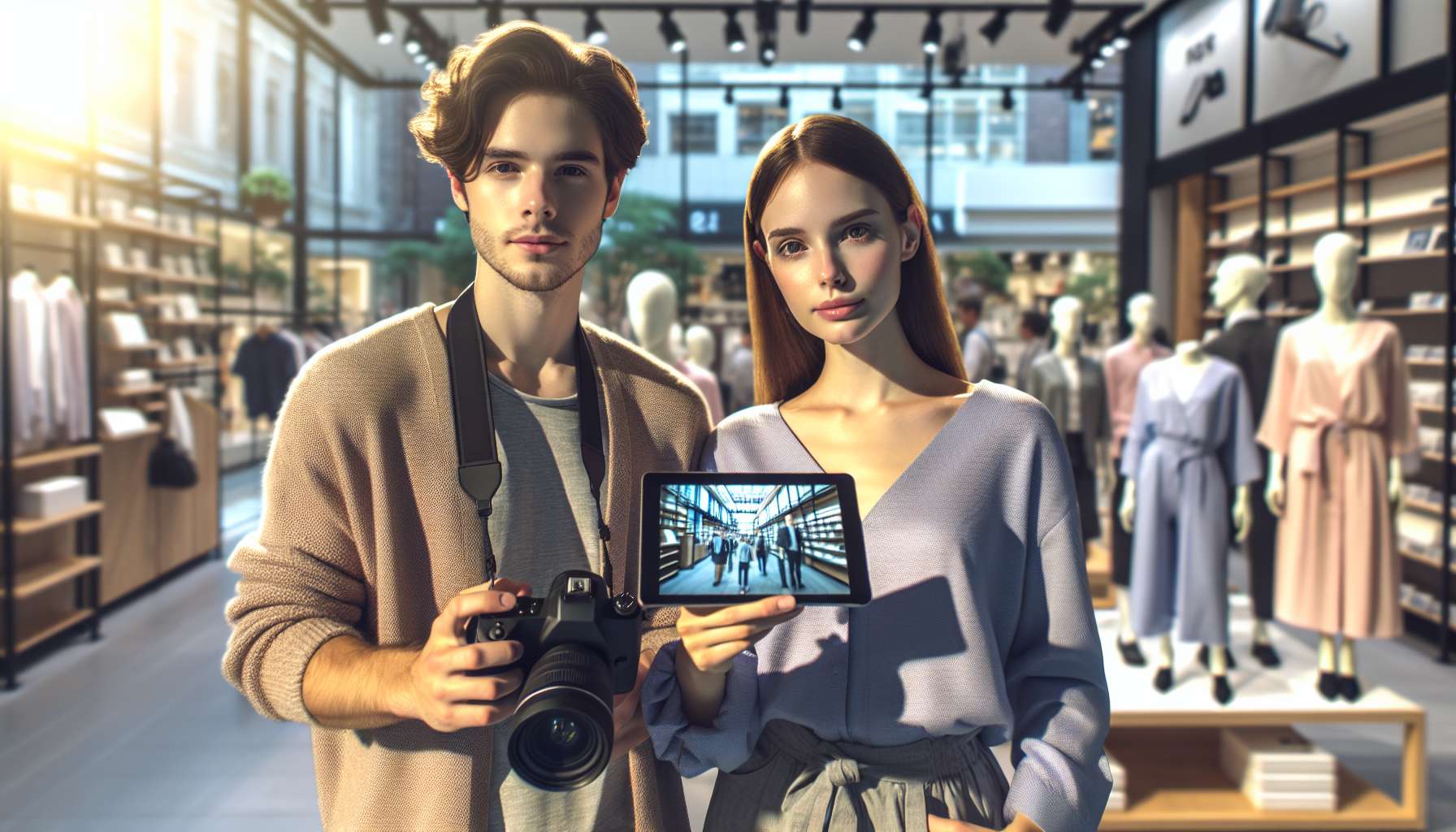Unlocking the Potential: How Augmented Reality Benefits Various Stakeholders in Retail
Augmented Reality (AR) has emerged as a game-changer in the retail industry, revolutionizing the way businesses engage with customers and enhancing the overall shopping experience. But who exactly stands to gain from the implementation of AR applications in retail? Let’s delve into a stakeholder analysis to understand the wide-ranging benefits of this transformative technology.
1. Customers
- Enhanced Shopping Experience: AR allows customers to visualize products in a virtual environment, enabling them to make more informed purchasing decisions. From trying on virtual clothes to previewing furniture in their homes, AR empowers customers to experience products before committing to a purchase.
- Personalization: By leveraging AR, retailers can offer personalized recommendations based on customers’ preferences and previous purchases. This level of customization enhances customer satisfaction and fosters brand loyalty.
- Convenience: AR-powered apps enable customers to virtually try on products from the comfort of their homes, eliminating the need for physical visits to stores. This convenience saves time and effort, making the shopping process more efficient.
2. Retailers
- Increased Sales: AR applications have been proven to boost sales by providing customers with a more immersive and engaging shopping experience. By bridging the gap between the physical and digital worlds, retailers can capture customers’ attention and drive conversions.
- Reduced Returns: AR allows customers to visualize products in their intended environment, reducing the likelihood of returns due to mismatched expectations. This not only saves retailers the cost of processing returns but also improves customer satisfaction.
- Data Insights: AR-powered apps collect valuable data on customer preferences and behaviors. Retailers can leverage this data to gain insights into customer trends, optimize inventory management, and tailor marketing strategies to specific target audiences.
3. Employees
- Streamlined Operations: AR can simplify and streamline various retail operations, such as inventory management and visual merchandising. By overlaying digital information onto the physical world, employees can quickly locate products, update inventory, and create visually appealing displays.
- Training and Onboarding: AR offers a powerful tool for training new employees and upskilling existing ones. By providing interactive and immersive training experiences, retailers can reduce training time and improve employee performance.
- Efficient Customer Service: AR-equipped devices enable employees to access real-time product information, answer customer queries, and provide personalized recommendations. This enhances the overall customer service experience and builds trust with customers.
4. Manufacturers and Suppliers
- Product Visualization: AR allows manufacturers and suppliers to showcase their products in a virtual environment, enabling potential buyers to experience them before making purchasing decisions. This can lead to increased sales and improved brand visibility.
- Design and Prototyping: AR facilitates the design and prototyping process by overlaying virtual elements onto physical objects. This enables manufacturers to visualize and refine product designs, reducing time-to-market and enhancing product quality.
- Supply Chain Optimization: By leveraging AR, manufacturers and suppliers can streamline their supply chain operations, improving inventory management, reducing errors, and enhancing overall efficiency.
As the retail industry continues to evolve, embracing augmented reality opens up a world of possibilities for various stakeholders. From enhancing the customer experience to driving sales and optimizing operations, AR has the potential to transform the way retailers and their partners do business. By embracing this technology, stakeholders can stay ahead of the curve and unlock new opportunities for growth and success.





